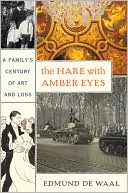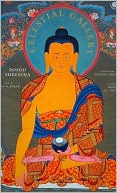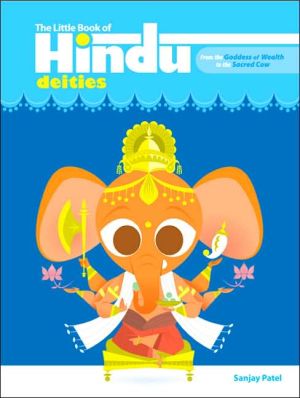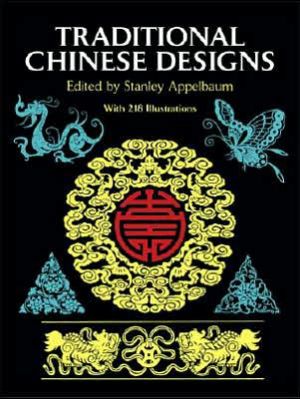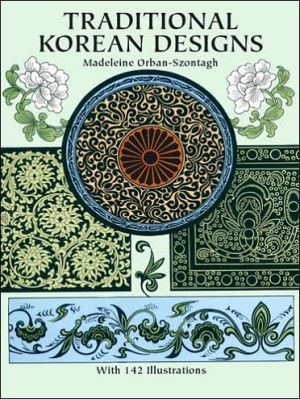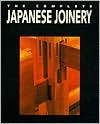The Dalai Lama's Secret Temple: Tantric Wall Paintings from Tibet
Behind Tibet's Potala Palace—seat of the Dalai Lamas since 1649—lies a sacred pond said to be inhabited by serpentlike deities called Lu. There, on a willow-covered island in the middle of the lake, is a pagoda-roofed Khang, or temple. During the brief reign of the Sixth Dalai Lama, who built the temple in the eighteenth century, unknown artists created a series of mysterious paintings on the walls of the temple's private chapel. Comparable in quality and ambition to the Sistine Chapel in...
Search in google:
Behind Tibet's Potala Palace—seat of the Dalai Lamas since 1649—lies a sacred pond said to be inhabited by serpentlike deities called Lu. There, on a willow-covered island in the middle of the lake, is a pagoda-roofed Khang, or temple. During the brief reign of the Sixth Dalai Lama, who built the temple in the eighteenth century, unknown artists created a series of mysterious paintings on the walls of the temple's private chapel. Comparable in quality and ambition to the Sistine Chapel in Rome, these masterpieces of Tibetan art are reproduced for the first time in this extraordinary publication. The chapel was reserved exclusively for the Dalai Lamas as a place of meditation and spiritual retreat. For centuries the Lukhang murals, which illustrate the path to spiritual liberation, guided the Dalai Lamas in a form of mystical contemplation called Dzogchen—the most secret practice in Tibet's Tantric tradition. Beyond their Tibetan origins, the murals display a universal spiritual vision. Merely to contemplate them, Tibetans believe, can open the mind to timeless spiritual truth. At the heart of this book are more than 150 color photographs of the murals and their temple, taken in the most difficult conditions by the American explorer-photographer Thomas Laird. Ian Baker's text, which places these remarkable works within their historical and cultural perspective, is augmented by accounts from other Tibetan sources. A special feature of the book is an introduction and quotations by Tenzin Gyatso, the Fourteenth Dalai Lama of Tibet, as well as additional drawings from Buddhist texts. This treasure of Tibetan Buddhist spirituality is presented inamagnificent large-format edition. The vivid detail, rich color, and awe-inspiring impact of this path to spiritual liberation can at last be experienced outside the Lukhang chapel. Introduction by Tenzin Gyatso, the Fourteenth Dalai Lama of Tibet. 200 illustrations, 151 in color.Joi EdenA timeless work, one for readers to dip into again and again over the years.
\ Joi EdenA timeless work, one for readers to dip into again and again over the years.\ \ \ \ \ Library JournalIn 150 color photographs, this fascinating book reveals for the first time the mural paintings in a sacred temple used by Dalai Lamas as a place for spiritual retreat. Painted by unknown artists at the end of the 17th century, these mysterious paintings have guided the Dalai Lamas on their path to spiritual liberation. Baker (The Tibetan Art of Healing), recognized by the National Geographic Society as one of six "Explorers for the Millennium," gives an expert account of the rise of the Dalai Lamas and their quest for enlightenment through the vision of Buddhist art. The introduction is written by the current Dalai Lama, who had never seen the paintings or the temple before, while Laird's awesome photographs capture the high quality of these Tibetan masterpieces. Highly recommended for large collections of public and academic libraries.--Lucia S. Chen, NYPL Copyright 2000 Cahners Business Information.\ \ \ From The Critics"Nowhere else are the esoteric practices of Tibet's Tantric tradition so boldly illustrated, and nowhere else has Tibetan art achieved such an extraordinary synthesis of creativity and philosophical depth," writes the author, referring to the murals in Lukhang Temple. Located on a small island near the thousand-roomed Potala Palace in Lhasa, it is the Dalai Lama's private meditation chamber and has been for centuries.\ According to current thinking during the 1600s the acting regent of both the Fifth and Sixth Dalai Lamas commissioned these vibrantly colored murals that are distinctive in style and content from all others in Tibetan art history. Unprecedented in their depiction of secret yogic teachings, which traditionally pass from teacher to student orally, the images and occasional inscriptions were until recently viewed solely by the incarnate Dalai Lamas.\ Though the lower chamber of the temple was dismantled during the Chinese occupation of Tibet, the upper chamber was more or less undisturbed. It is this part of Lukhang that is beautifully documented in over 150 color, high resolution photographs. Although the text aims to make the images accessible, and thereby appreciable by a lay audience as well as an expert one, the author avoids presumptuous interpretation. Aware that the significance and meaning of the Lukhang murals cannot be fully articulated in words, the majority of the book is dedicated to the photographs and ink drawings that are best able to tell the story.\ The present Dalai Lama now lives in exile in northern India, having never seen the real murals for himself, but it was with his blessings and encouragement that the author and photographer took on the project of documenting what remains of this sacred place.\ This book is "offered as an object of contemplation which, through its resonant images, presents new modes of awareness and perception." For those less familiar with the subject matter, a thorough glossary is included, though lack of familiarity should not be a barrier to awe at what is contained in these pages.\ \ \

